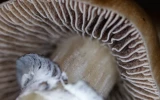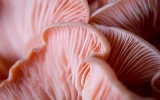How To Make Mushroom Culture Yourself (With Recipe)
Making your own mushroom culture is an exciting and rewarding way to grow your mushrooms. With the right tools and a little knowledge, you can get started growing mushrooms in your own home. This article will provide you with an easy-to-follow recipe for making your own mushroom culture.
To make mushroom culture yourself, sterilize the agar medium, tools, and work area. Then, inoculate the petri dish with spores or a culture and incubate until the mycelium has fully colonized the agar medium. Wait several days or even weeks. Finally, you can use the mycelium to inoculate grain spawn to grow mushrooms.
We’ll provide a few tips and tricks to help you get the most out of your mushroom-growing experience. Whether you are a beginner or an experienced mushroom grower, you will find something useful here. Let's get started.
Summary
- Mushroom culture is a relatively easy process that can be done at home.
- With the right ingredients and a little patience, you'll have a homemade mushroom culture in no time.
- Checking the petri dishes regularly for signs of growth is crucial when making mushroom cultures to ensure the health and viability of the spores or cultures, detect contamination or other issues early, and increase the likelihood of a successful growth process.
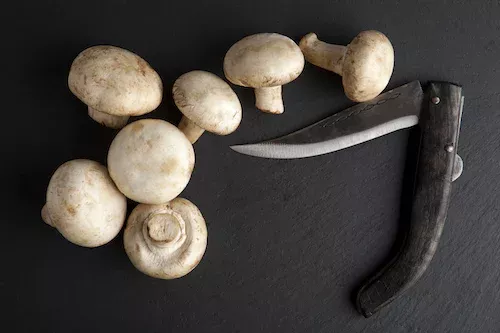
Recipe for Making Mushroom Culture at Home
Here is a recipe for making mushroom culture yourself:
Ingredients and materials:
- Mushroom spores or culture (purchased from a reputable source)
- Sterilized agar medium (such as malt extract agar or potato dextrose agar)
- Sterilized petri dishes
- Sterilized scalpel or knife
- A sterilized syringe or inoculation loop
- Sterilized gloves
- Sterilized work area or laminar flow hood
- Incubator
Instructions:
-
Prepare the agar medium by following the instructions provided by the manufacturer. Sterilize the medium by autoclaving or pressure cooking it at 15 PSI for 20–30 minutes.
-
Pour the sterilized agar medium into the petri dishes and allow it to solidify. Store the petri dishes in a clean, sterile area until ready to use.
-
Sterilize your scalpel or knife, syringe or inoculation loop, and gloves by autoclaving or flaming them with a sterilized Bunsen burner. Also, sterilize your work area or laminar flow hood using a UV light or a sterilizing spray.
-
Inoculate the petri dish by opening the lid slightly and using the sterilized scalpel or knife to scrape a small number of spores or cultures onto the surface of the agar medium. Alternatively, you can use a sterilized syringe or inoculation loop to transfer a small number of spores or cultures onto the agar medium.
-
Close the petri dish lid and seal it with parafilm or masking tape. Incubate the petri dish in an incubator set to the appropriate temperature and humidity for the type of mushroom culture you are using.
-
Allow the mycelium to grow and colonize the agar medium. This can take anywhere from a few days to a few weeks, depending on the type of mushroom culture and the temperature and humidity in your incubator.
-
Once the mycelium has fully colonized the agar medium, you can use it to inoculate grain spawn or other substrates for growing mushrooms.
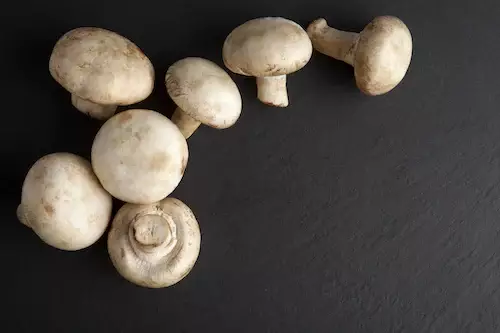
Notes:
- It is important to maintain a sterile environment throughout the process to prevent contamination.
- Always use gloves and work in a clean, sterile area or laminar flow hood.
- Follow the instructions provided by the manufacturer for sterilizing equipment and media.
- Different types of mushroom cultures may require different temperatures and humidity levels for optimal growth.
Guidelines for Growing Mushroom Culture
Here are some general guidelines for growing mushroom cultures:
1. Choose the right mushroom species for growing mushroom culture
It is important to choose the right mushroom species when making mushroom culture because different species have unique requirements for growing conditions, such as temperature, humidity, light, and substrate.
- Some species may thrive in cool, moist environments, while others may require warmer, drier conditions.
- Choosing the wrong species or providing the wrong growing conditions can result in poor growth, contamination, or even failure to produce mushrooms.
- Additionally, certain mushroom species may be better suited to specific substrates or growing methods.
- For example, some species may grow best on sawdust or straw, while others may prefer compost or manure.
Choosing a species that is well-suited to your available resources and growing methods can increase the likelihood of success.
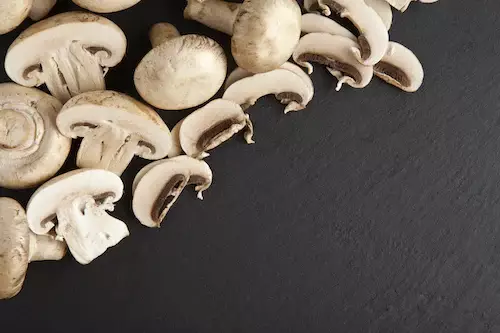
2. Obtain high-quality spores or culture for the mushroom culture
Obtaining high-quality spores or cultures is important when making mushroom cultures because the quality and viability of the spores or cultures directly impact the success of the growing process. Spores or cultures that are low quality or contaminated can lead to poor growth or even complete failure to produce mushrooms.
- High-quality spores or cultures should be sourced from a reputable supplier or obtained from a healthy, mature mushroom.
- The spores or culture should be viable, meaning that they are capable of germinating and producing mycelium, which is the vegetative part of the fungus.
- If the spores or culture are contaminated with other microorganisms, such as bacteria or mold, these contaminants can outcompete the mushroom mycelium and prevent healthy growth.
- Contamination can also introduce unwanted pathogens into the growing environment, which can pose a health risk or compromise the quality of the final product.
3. Sterilize the tools and materials before making a mushroom culture
Sterilization is essential when making a mushroom culture to prevent contamination, ensure the purity of the culture, protect the culture from harmful microorganisms, and prevent the spread of diseases.
It is essential to sterilize a scalpel or knife, syringe or inoculation loop, agar medium, petri dishes, and gloves before making a mushroom culture because fungi are sensitive to contamination, and any foreign microorganisms present in the culture can interfere with the growth of the desired mushroom species.
4. Monitor the growth of the mushroom
Check the petri dishes regularly for signs of growth, such as mycelium spreading across the agar medium. If contamination is present, discard the affected petri dishes and start over.
Mycelium growth is a good indication that the spores or culture are healthy and viable, and that the conditions of the growing environment are suitable for mushroom growth.
- However, if the petri dishes are not checked regularly, contamination or other issues may go undetected, which can result in a compromised growing environment and a lower chance of success.
- Regular checking also allows for timely intervention if issues arise.
- For example, if contamination is detected, the affected petri dish can be discarded or treated appropriately to prevent the spread of contaminants.
- Early intervention can help minimize the risk of losing the entire culture or compromising the final product.
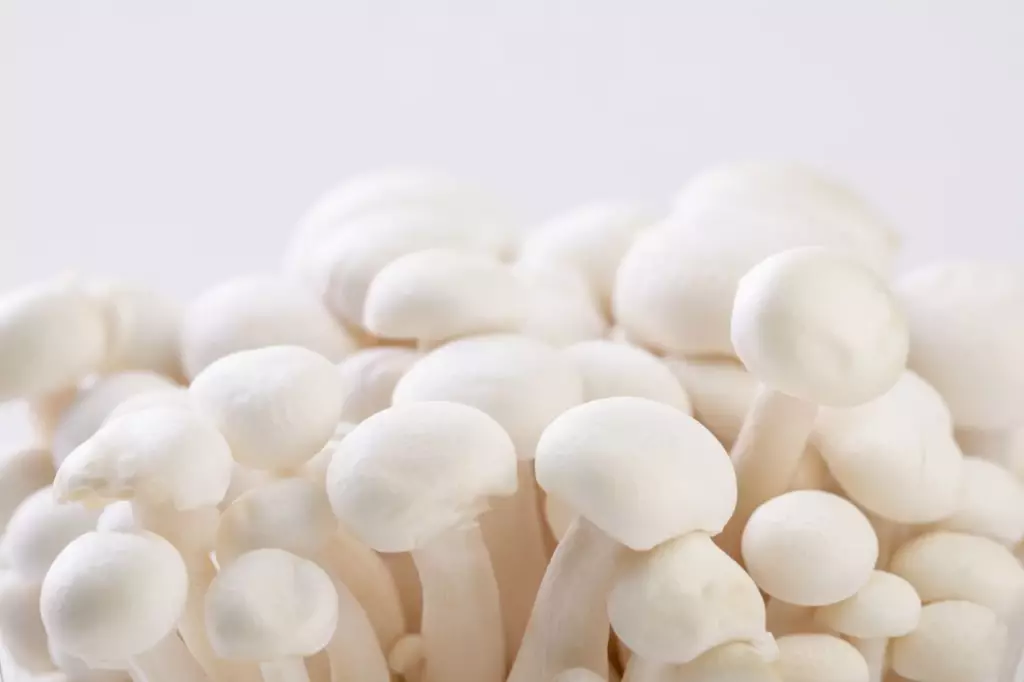
5. Harvest and store mushrooms
Once the mushrooms have reached maturity, it is important to harvest them and store them properly after making mushroom culture to maintain their quality and freshness and to ensure their safety for consumption.
Mushrooms continue to grow and mature after they are picked, and their quality can deteriorate quickly if they are not stored properly. Improper storage can also increase the risk of spoilage or contamination by bacteria or mold.
- Proper storage of mushrooms depends on the specific species and the desired storage period.
- Generally, mushrooms should be kept in a cool, dark place with good ventilation and moderate humidity.
- They should be stored in a breathable container, such as a paper bag or a container with air vents, to prevent the buildup of moisture and reduce the risk of mold growth.
- If the mushrooms are to be stored for an extended period, they may need to be dried, canned, or frozen to preserve their quality and freshness.
- Different species may require different storage methods, so it is important to research the specific storage requirements for the mushroom species being grown.

